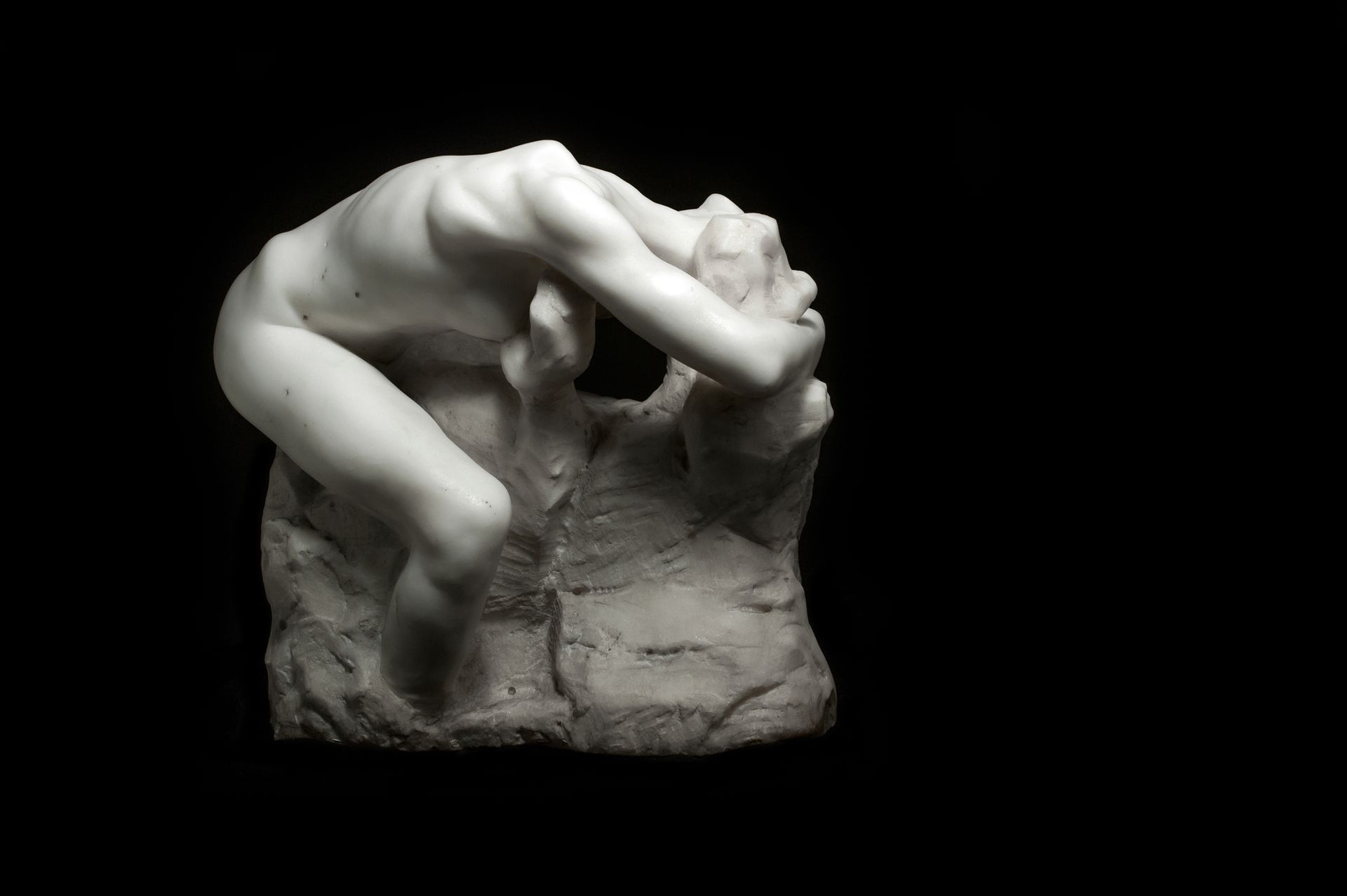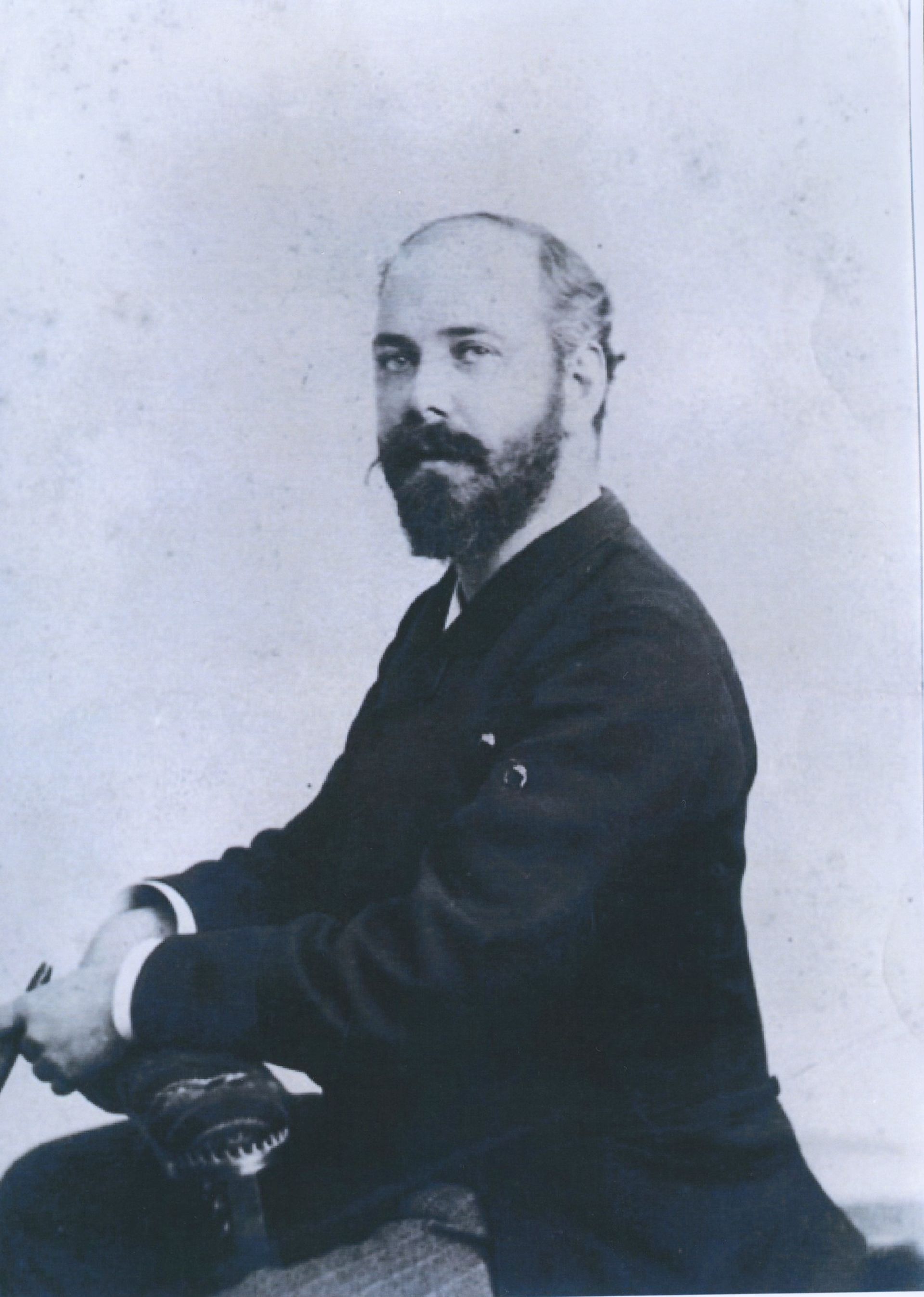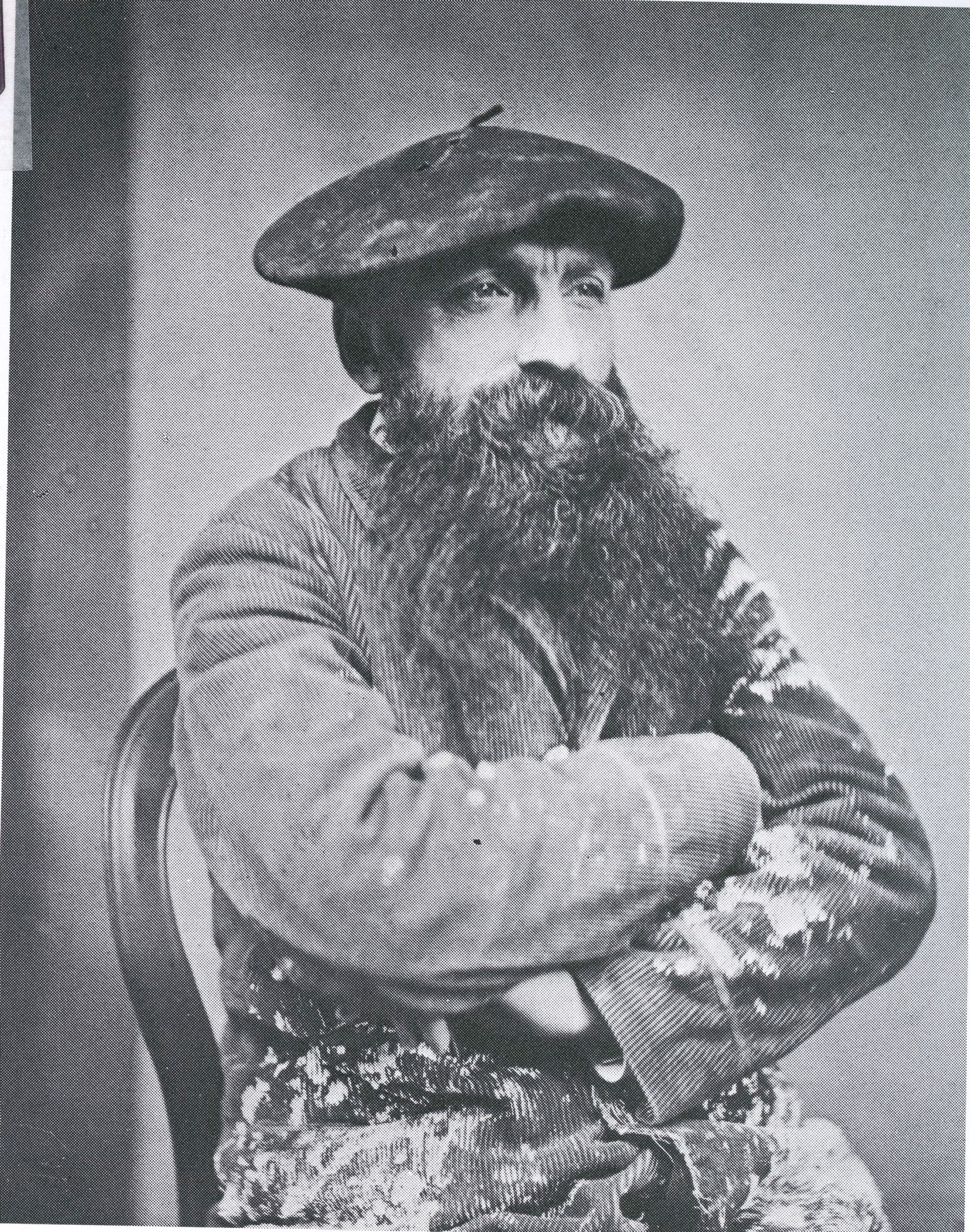A marble Rodin sculpture, Andromède (1887), owned by the same family since 1888, will be auctioned by Artcurial in Paris on 30 May. The whereabouts of the small-scale sculpture, which has never been exhibited, had been unknown. For Artcurial, the sale—coinciding with the centenary of Rodin’s death and an exhibition at the Grand Palais in Paris (till 31 July)—represents a “rediscovery”. Carved in Carrara marble, the piece is estimated at €800,000 to €1.2m.


The sensual sculpture of a young, nude woman draped over a rock, based on the Greek myth of Andromeda chained to a rock and rescued by Perseus, was a gift from the artist to Carlos Morla Vicuña, a Chilean diplomat posted to Paris. Morla’s great-grandchildren in Madrid are selling the sculpture after approaching Artcurial at the end of 2016.
“They wanted to do an inventory and estimation of [works] in their possession,” says Bruno Jaubert, Artcurial’s director of Impressionist and Modern art, who travelled to Madrid with Stéphane Aubert, Artcurial’s inventories director, to see the Andromède and verify its authenticity. “In the 1920s and 1930s, Georges Grappe, then curator of the Musée Rodin, knew about this Andromède, but didn’t know if it had stayed in Europe or gone to South America, the US or Chile.”
The history behind the piece harks back to Morla asking Rodin to produce a portrait sculpture of his wife, Luisa. The sculpture was exhibited at the Salon national des Beaux-Arts in 1888, and the French state wanted to acquire it for the Musée du Luxembourg. Morla agreed to relinquish the bust, which now belongs to the Musée d’Orsay, and Rodin gifted the Andromède to him in thanks. (Rodin also gave Morla the scale model for a bronze equestrian statue of General Patricio Lynch, commissioned by the Chilean state but never realised; it also features in the Artcurial sale.)

The Andromède invites a 360-degree viewing as it is carved to be seen from every angle. The smoothness of the delicate body contrasts with the rawness of the base, which is adorned with cascades of water and foliage, and is inscribed with the year 1887.
“It’s a little marvel,” says Jaubert. “What’s beautiful is that each side is different. You have several sculptures at once and need to turn it around. Its intimate size is for the private sphere as it doesn’t require much space.”
Between around 1885 and 1900, Rodin made four other unique marble Andromède sculptures. Evoking feminine beauty, each was commissioned by a collector and differs from the others in detail. The first, initially owned by Roger Marx, is at the Philadelphia Rodin Museum. Another, commissioned by Maurice Fenaille, is at the Musée Rodin in Paris. A third, originally owned by Jacques Zoubaloff, is at the National Museum of Fine Arts in Buenos Aires. The fourth, formerly belonging to the Gabriel Hanotaux collection, was auctioned at Christie’s New York in 2006 for $3m.
Andromède is on view at Artcurial, Paris, from 26 to 30 May 2017.


